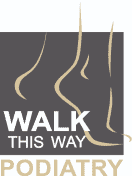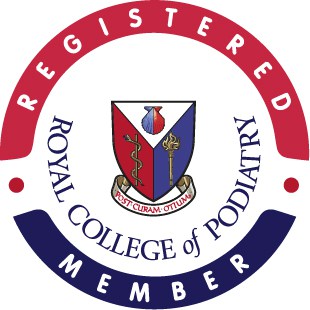When your toenails lose their natural pinky appearance and look discoloured, yellowish-brown, really dark, are brittle and starting to crumble, it’s very likely that you have developed a fungal nail infection.
A fungal nail infection, medically named Onychomycosis, is a highly contagious condition that, if not treated effectively, will keep recurring and spreading from your big toe to all the other toes and even your fingernails. What may start as a few white dots or discolouration of one toenail may end up becoming a mammoth headache if it’s left alone.
The Lunula laser is a type of laser therapy that is designed to treat onychomycosis and has revolutionised the way nail fungus is treated. One of the reasons that the Lunula laser has become so popular as a treatment option for onychomycosis is because it has a very high success rate. Clinical trial results demonstrate that 89% of patients respond to Lunula laser with 6.1mm of clear, healthy nail growth after six months. This is an incredibly high success rate when compared to other treatments such as topical antifungal medications or oral medications, which may have success rates as low as 50%.
Can Lunula laser get rid of nail fungus permanently?
Until recent years, the treatment of nail fungus relied mainly on topical medication. You could apply clear nail polish or cream over a period of time to treat the infection, or you could take prescription-only tablets to inhibit the growth of fungi and kill them.
While these treatments focused on eradicating the fungi, they didn’t address other conditions that perpetuate onychomycosis, such as insufficient blood flow, poor foot oxygen delivery, and a weakened immune response.
But thanks to science, today, nail fungus can be treated a lot more effectively. The latest advancements in laser technology have been game-changing when it comes to eradicating fungal nail infections for good.
In particular, since the introduction of Lunula, a cold laser that’s proven not only to kill off fungus but also to improve blood circulation and oxygen delivery and to reinforce the immune system, promoting new, clear nail growth.
What is Lunula Laser?
Lunula cold laser is an unattended, safe treatment with no adverse effects or the need to take time off to heal. The procedure consists of a simple 12-minute session per foot, administered at different times over a few months to kill the fungus that lives under the nail and support your body’s immune system to stimulate new nail growth. The number of sessions you’ll need will depend on the severity of the infection.
During the treatment, you simply slide your infected foot into Lunula’s self-operated device and allow your Podiatrist to ensure the foot is aligned correctly before activating the system. Once activated, the procedure will run unattended for 12 minutes. If you need both of your feet treated, your treatment will run for 24 minutes. The treatment is completely painless, so you won’t feel any discomfort when receiving the laser light.
Lunula utilises two different wavelengths of laser light — 405nm (violet) and 635nm (red) — to address the fungal pathogen as well as to reinforce the generation of new nail growth. While the violet light focuses on killing off the fungi, the red light boosts your blood supply in the area to activate your immune system and promote healing.
How effective is the Lunula laser?
One of the reasons that the Lunula laser is so effective is because it uses low-level laser therapy (LLLT) to penetrate the nail plate and target the fungal infection at its source. The laser emits specific wavelengths of light that create a photochemical reaction in the infected tissue, which destroys the fungal cells without harming the surrounding healthy tissue.
Furthermore, the Lunula laser has several advantages over traditional nail fungus treatments, such as oral medications and topical creams, which can have unwanted side effects and require lengthy treatment periods. The Lunula laser is painless, non-invasive, and requires no downtime, allowing patients to resume their daily activities immediately after treatment.
Of course, it’s important to keep in mind that the success rate of the Lunula laser will depend on a number of factors. For example, the severity of the fungal infection may impact the success rate, as will your overall health. In addition, it’s important to note that the Lunula laser is not a one-time treatment. Most people will require multiple treatments in order to completely eliminate the fungal infection. However, even with multiple treatments, the success rate of the Lunula laser remains incredibly high.
Has the Lunula laser got any side effects?
The Lunula laser is generally considered to be a safe and non-invasive treatment option for onychomycosis, with few reported side effects. Some people may experience temporary redness or swelling of the skin around the treated nail, which typically resolves within a few hours. In rare cases, people may experience pain or discomfort during or after the treatment, but this is usually mild and short-lived. Serious side effects, such as burns or infections, are extremely rare. Overall, the Lunula laser is a safe and effective treatment option for fungal nail infections.
If you are embarrassed to show your feet and would like to recover your healthy toenails, get in touch with us to find out more about how Lunula laser treatment can help you eradicate nail fungus for good. Book your consultation now.
<







